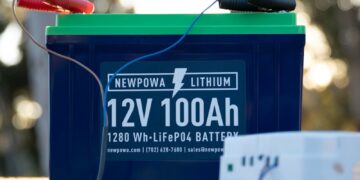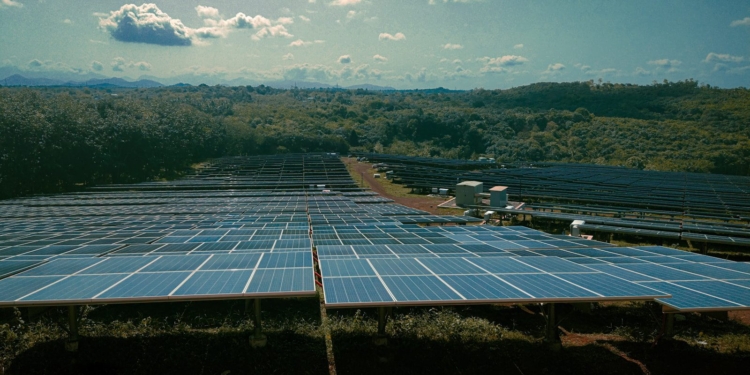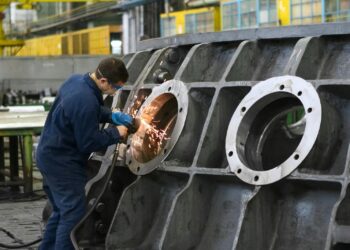Farms are becoming clean energy powerhouses, integrating solar power, battery storage, and co-generation to cut costs, enhance sustainability, and generate revenue. This article explores these technologies and other co-generation opportunities, transforming agriculture into a cornerstone of the green economy.
Solar Power: Harnessing the Sun
Solar photovoltaic (PV) panels on barns, fields, or in agrivoltaic systems generate electricity for farm use or grid sales. Agrivoltaics combines crops or livestock with solar, optimizing land use by providing shade and reducing water loss. A 2024 University of California study found agrivoltaics increased yields for crops like tomatoes by 8-12% and cut water use by 15%.
Benefits of Solar Power
- Cost Savings: Reduces electricity bills by up to 50% for irrigation, cooling, and other operations.
- Revenue: Excess power sold via net metering or feed-in tariffs.
- Incentives: Federal Investment Tax Credits and state grants cover 30-50% of costs.
- Sustainability: Lowers carbon emissions, meeting consumer demand for green products.
Case Study
A 100-acre Oregon vineyard installed a 1.5 MW solar array in 2024 , saving $150,000 annually and earning $20,000 yearly from surplus energy sales. The system will pay for itself in under seven years.
Implementation
Assess land, sunlight, and energy needs. Systems range from 10 kW for small farms to multi-MW for large operations. Leasing models or power purchase agreements reduce upfront costs.
Battery Storage: Power on Demand
Battery storage systems store solar energy for use during peak demand or outages, ensuring operational continuity. Lithium-ion batteries dominate, but flow batteries offer longer lifespans and recyclability.
Benefits of Battery Storage
- Cost Control: Avoids high peak-time rates, saving 30-40% on bills.
- Reliability: Powers critical systems during outages.
- Flexibility: Supports off-grid or hybrid operations.
Case Study
A New York dairy farm paired a 500 kWh battery with solar , cutting peak-time costs by 40% and ensuring uninterrupted milking operations.
Implementation
Choose batteries based on capacity and discharge rates. USDA REAP grants and state incentives offset costs.
Co-Generation: Turning Waste into Wealth
Co-generation (CHP) converts farm waste—manure, crop residues—into biogas or heat via anaerobic digesters. Biogas powers generators, while heat warms greenhouses or barns. Excess electricity is sold to utilities.
Benefits of Co-Generation
- Revenue: Biogas sales and fertilizer byproducts diversify income.
- Emissions Reduction: Cuts methane by up to 90% .
- Circular Economy: Converts waste into valuable resources.
Case Study
A 200-cow Wisconsin farm generates 300 kW from biogas, earning $50,000 yearly .
Implementation
Digesters require $100,000-$1M investment, offset by USDA grants and carbon credits.
Other Co-Generation Opportunities
- Wind Turbines: Small-scale wind energy complements solar on windy farms.
- Hydrokinetic Systems: Farms near streams can use micro-hydropower for steady energy.
- Carbon Credits: Renewable adoption earns tradable credits .
Challenges and Solutions
High upfront costs are a barrier, but USDA REAP and state programs, plus leasing, ease adoption. Training via Extension Services ensures maintenance expertise.
The Future
By 2030, 20% of U.S. farms could be energy-positive . Solar, battery, and co-gen systems position farms as leaders in the clean energy transition, powering rural economies and a sustainable future.
Published for EcoBusinessNews.com, June 2025Show in sidebar



















